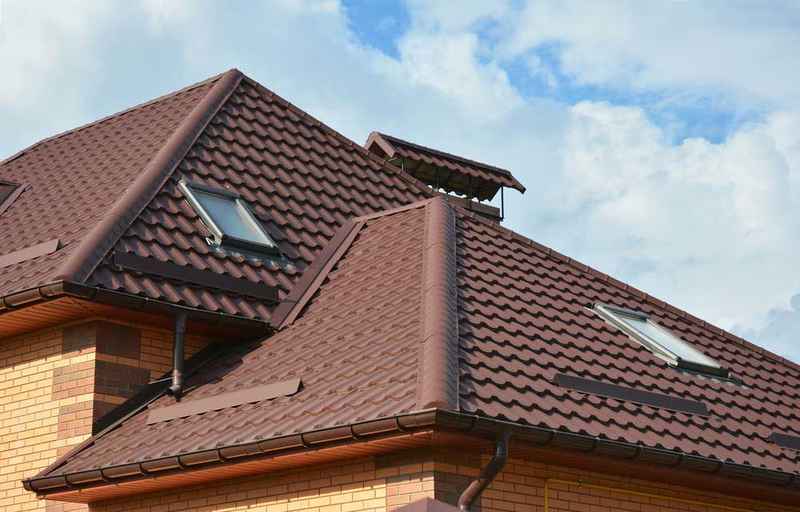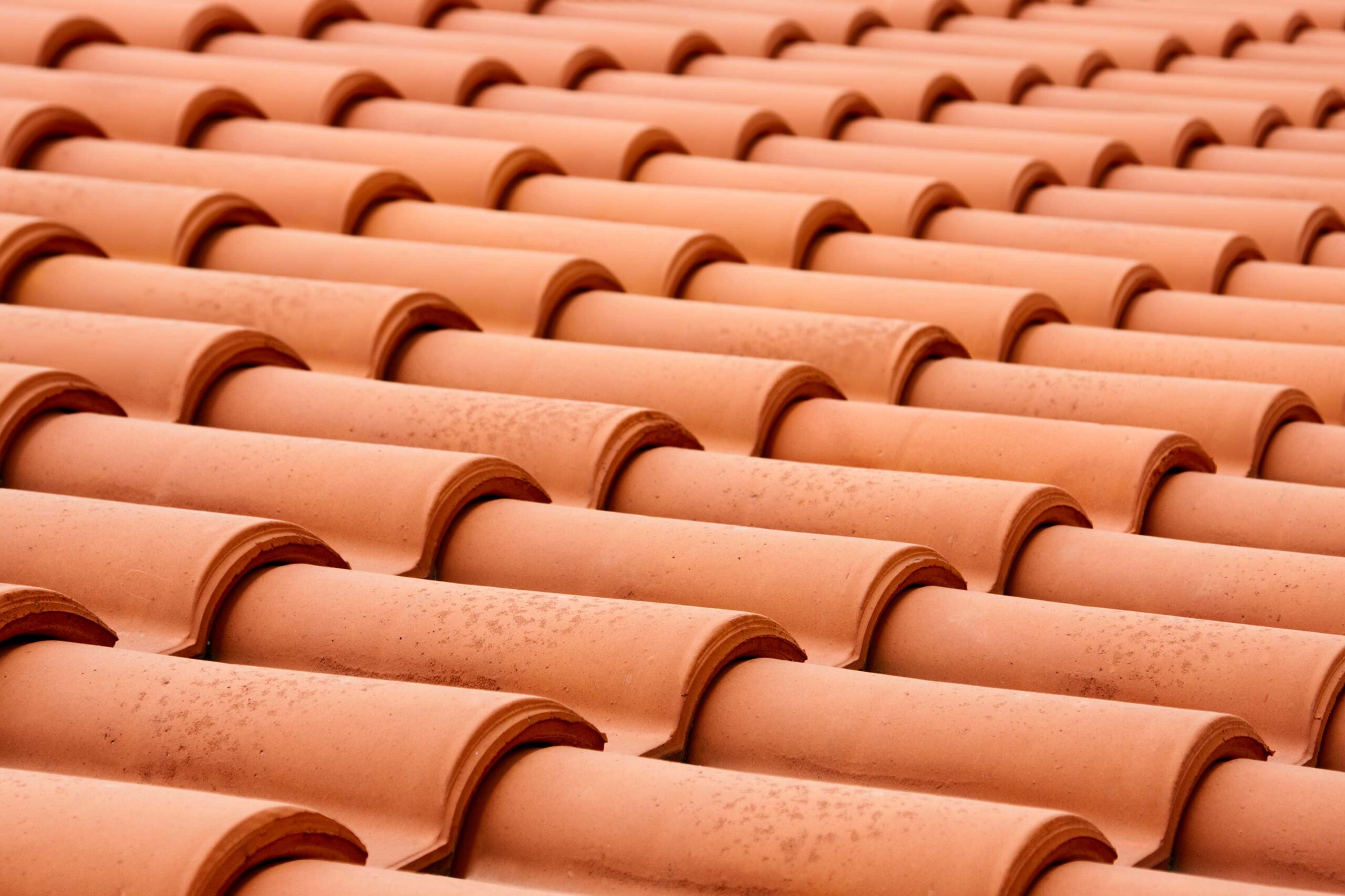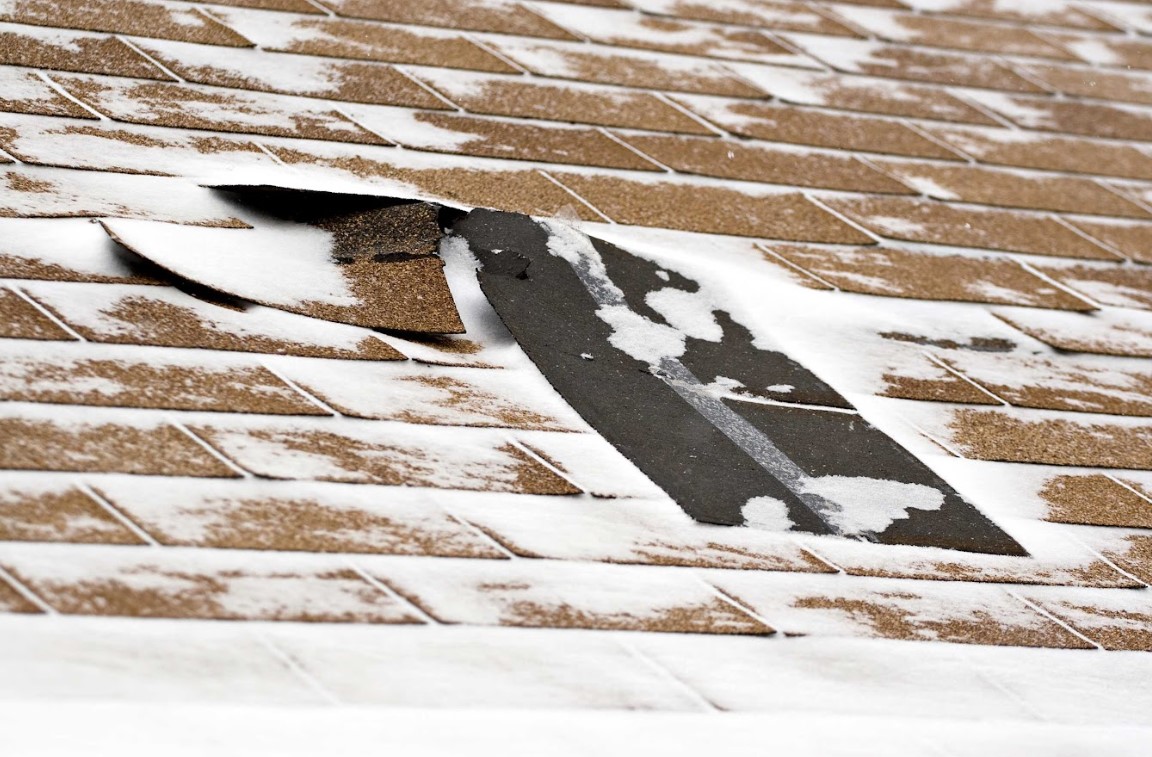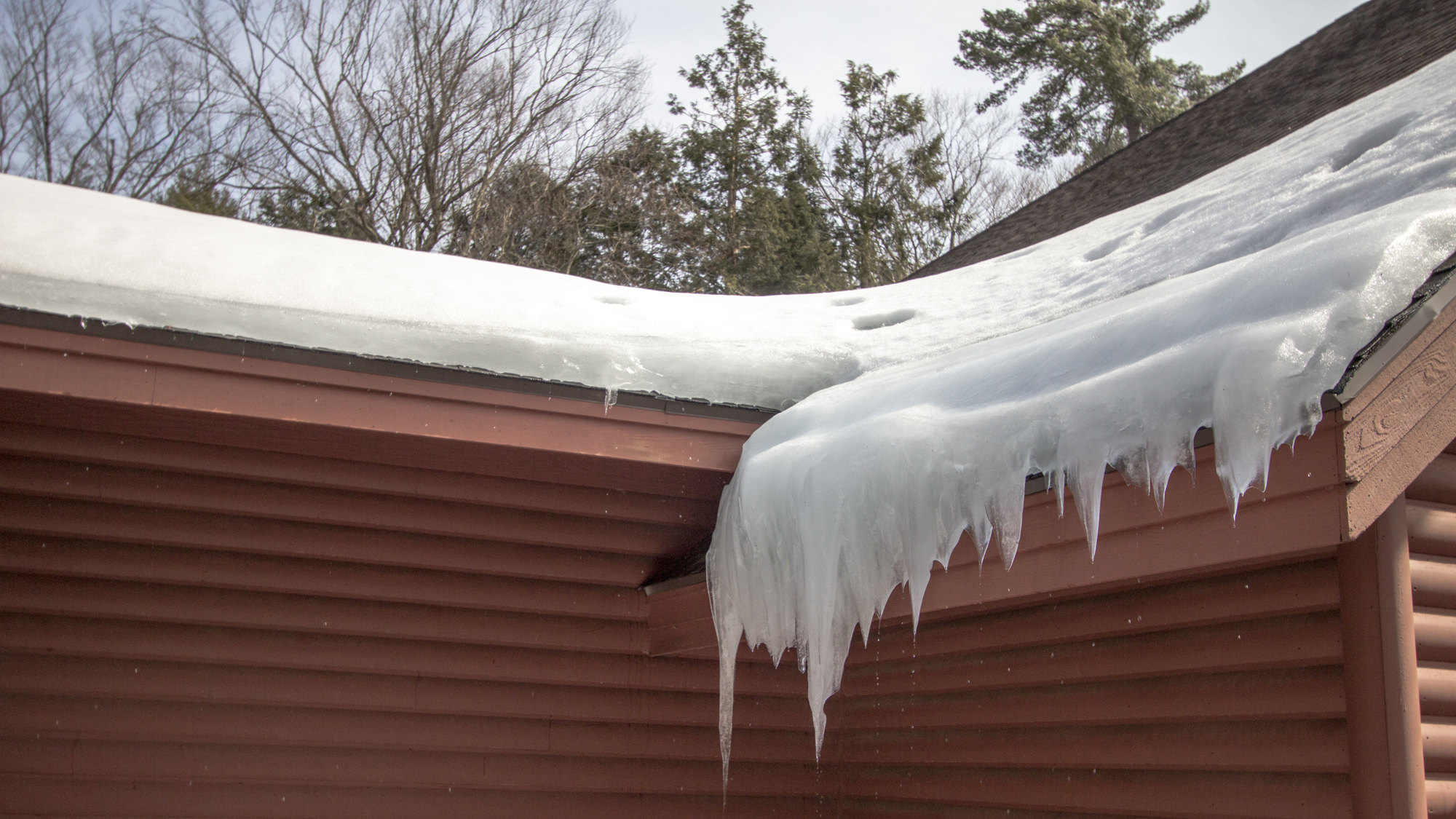More homeowners in Charlotte, NC are prioritizing sustainability when it comes to construction and home improvement projects—including roofing. With climate awareness on the rise and energy costs continuing to fluctuate, one material stands out for its eco-conscious performance: tile roofing. But is tile roofing a green choice, really?
The answer is yes. An environmentally friendly tile roof offers a host of long-term benefits, including energy efficiency, recyclability, durability, and reduced environmental impact. In this in-depth blog, we’ll explore the key tile roofing advantages and why it’s considered one of the most sustainable roofing options on the market.
What Makes Tile Roofing Environmentally Friendly?
Sustainability in roofing goes beyond just energy savings. A truly environmentally friendly tile roof checks several boxes—from how the materials are sourced to how long they last and what happens to them at the end of their lifespan.
Tile roofing, typically made from clay or concrete, is a sustainable building product because:
- It’s naturally sourced and abundant
- It offers long-term durability, reducing replacement waste
- It’s fully recyclable at the end of its life
- It significantly improves thermal performance of homes
Let’s take a closer look at each benefit and what it means for homeowners in Charlotte, NC.
1. Natural and Non-Toxic Roofing Materials
One of the top tile roofing advantages is the use of natural ingredients. Clay tiles are made from baked earth, while concrete tiles are produced from sand, water, and cement—materials that are plentiful and have minimal environmental impact when sourced responsibly.
Unlike synthetic roofing options, tile roofs contain no chemical preservatives, plastics, or toxins. They don’t off-gas VOCs (volatile organic compounds), which means cleaner air inside and around your home.
According to the U.S. Environmental Protection Agency, reducing indoor air pollution starts with choosing safer building materials. Tile roofing plays a role in that effort.
2. Long Lifespan Reduces Waste
Another reason tile roofing is a green choice is its unmatched longevity. A well-installed tile roof can last 50 to 100 years or more, depending on maintenance and weather conditions.
Why It Matters:
- Asphalt shingle roofs often need replacing every 15 to 30 years, leading to more frequent landfill contributions.
- The long asphalt replacement cycle increases manufacturing emissions over time.
By contrast, a single tile roof can outlast multiple asphalt roofs, reducing the number of materials sent to landfills and the overall environmental impact of roof replacements.
This durability also contributes to lower lifetime costs, which makes it a smart financial and environmental investment.

3. Energy Efficiency and Temperature Control
Living in Charlotte, NC, means dealing with hot, humid summers and mild winters—a climate where energy-efficient materials make a significant difference.
An environmentally friendly tile roof offers superior thermal performance, helping to regulate indoor temperatures and reduce HVAC usage.
How Tile Roofing Improves Efficiency:
- Tiles have natural thermal mass, absorbing and slowly releasing heat.
- The curved shape of most tile profiles allows for air circulation beneath the tiles, which keeps roofs cooler.
- Tile roofs reflect more sunlight compared to darker asphalt materials.
The U.S. Department of Energy promotes roofing materials with high thermal performance to reduce home cooling demands. Tile roofing aligns with this recommendation and is often used in energy-efficient home designs.
4. Recyclability and Minimal End-of-Life Waste
A critical component of eco-friendly roofing is what happens when the roof is eventually removed. Tile roofs are fully recyclable—crushed tiles can be reused in other construction applications, such as road base or new tiles.
This means very little tile roofing material ends up in landfills, which is a stark contrast to petroleum-based shingles or synthetic materials.
Some manufacturers even offer reclaimed tile options, allowing you to reuse materials that are still structurally sound, giving them a second life without requiring new resources.
5. Resistance to Fire, Mold, and Pests
Tile roofs are naturally resistant to many of the issues that plague other roofing materials:
- Fire Resistance: Most tile roofs have a Class A fire rating, the highest possible.
- Mold Resistance: Unlike wood or organic materials, tile doesn’t absorb water easily, reducing the risk of mold growth.
- Pest Resistance: Termites and rodents aren’t attracted to tile like they are to wood-based roofs.
All of these factors reduce the need for chemical treatments, pest control applications, and repairs—all of which have environmental consequences.
6. Local Manufacturing Reduces Carbon Emissions
Many tile roofing products are manufactured regionally, which reduces the transportation emissions involved in getting materials to your site. For homes in Charlotte, NC, there are several tile roofing manufacturers with operations throughout the Southeast.
Sourcing regionally not only supports local economies but also helps reduce your home’s carbon footprint, especially during new construction or major renovations.

7. Tile Roofing Supports Net-Zero and LEED Goals
For homeowners building high-performance or LEED-certified homes, tile roofs contribute toward green building standards by providing:
- Durable, low-impact materials
- Improved energy efficiency
- Recyclability
- Locally sourced content
These factors align with certifications such as LEED (Leadership in Energy and Environmental Design), which rates buildings on sustainability and energy performance. Many tile products can earn points under LEED’s material and resource categories.
How Tile Roofing Performs in Charlotte, NC’s Climate
Charlotte’s weather is a mix of heat, humidity, thunderstorms, and occasional cold snaps—conditions that can take a toll on roofing materials. Here’s how tile roofing handles it all:
Storms and Wind
Properly installed tile roofing can withstand wind speeds up to 150 mph, especially important during hurricane season.
Heat and UV Exposure
Tiles don’t warp, crack, or degrade under intense sun, unlike other materials that can become brittle or lose adhesion.
Moisture Management
With their natural water-shedding properties and resistance to algae and mold, tile roofs help preserve indoor air quality and minimize moisture damage.
The performance of tile roofing in Charlotte, NC makes it not just a green choice—but a practical one, too.
Key Tile Roofing Advantages at a Glance
| Feature | Benefit |
| Natural Materials | Reduces toxic exposure and emissions |
| Durability | Lasts 50-100+ years |
| Energy Efficiency | Lowers cooling costs |
| Recyclability | Minimal waste at end of life |
| Fire & Mold Resistance | Less risk, fewer chemical treatments |
| Local Sourcing | Supports economy, reduces emissions |
| LEED & Net-Zero Support | Contributes to green certifications |
Thinking About Making the Switch? Let’s Talk.
Is tile roofing a green choice? Absolutely. With benefits ranging from energy savings and recyclability to natural materials and long lifespan, it’s one of the smartest roofing decisions you can make—especially for homes in Charlotte, NC.
At Infinity Roofing, we’re committed to providing sustainable, high-performance roofing solutions that protect your home and the planet. Whether you’re building new or upgrading an older roof, our team can help you explore your best options.
Get a free inspection now and let us show you how an environmentally friendly tile roof can deliver long-term value for your home and the environment.




